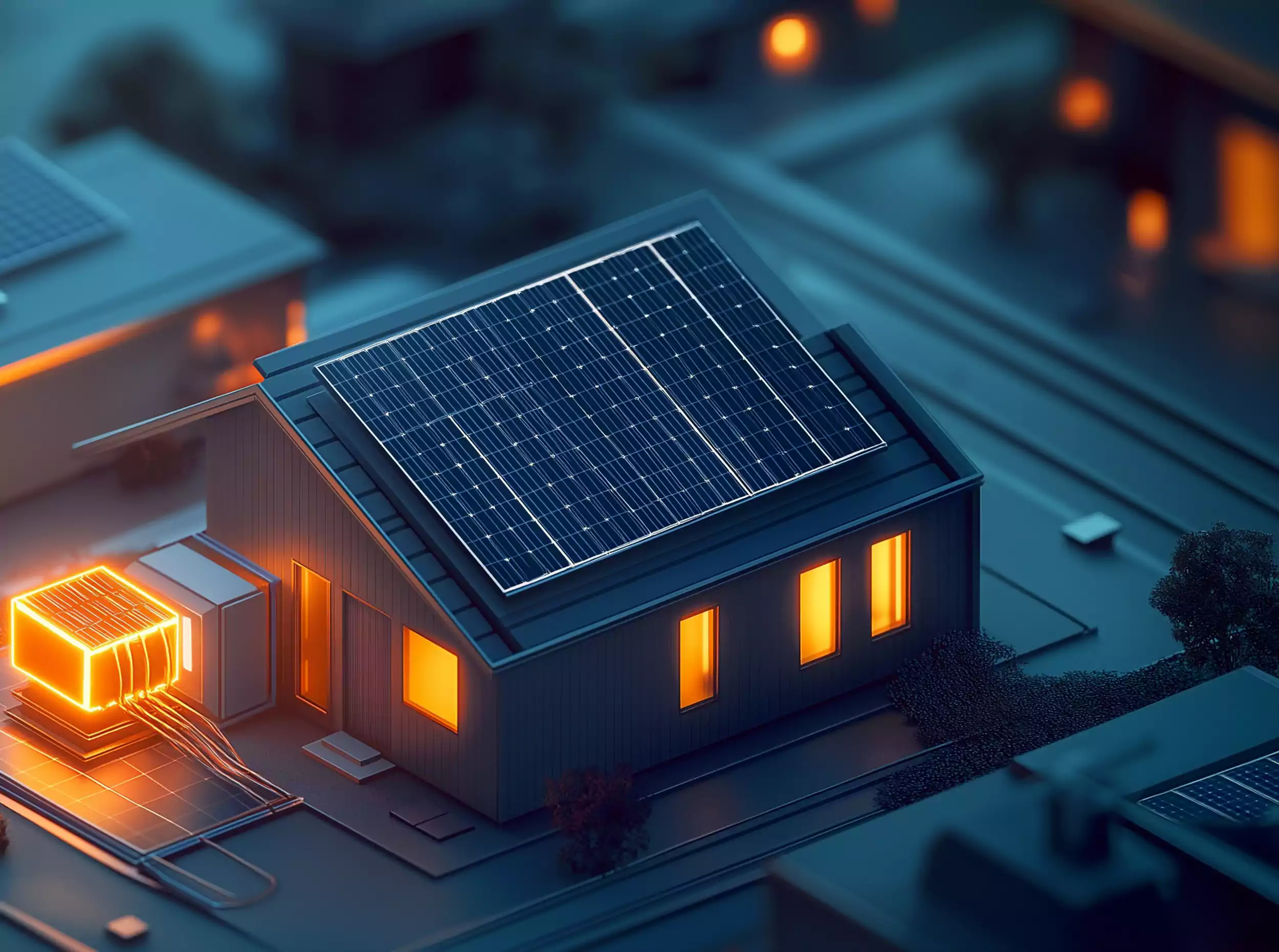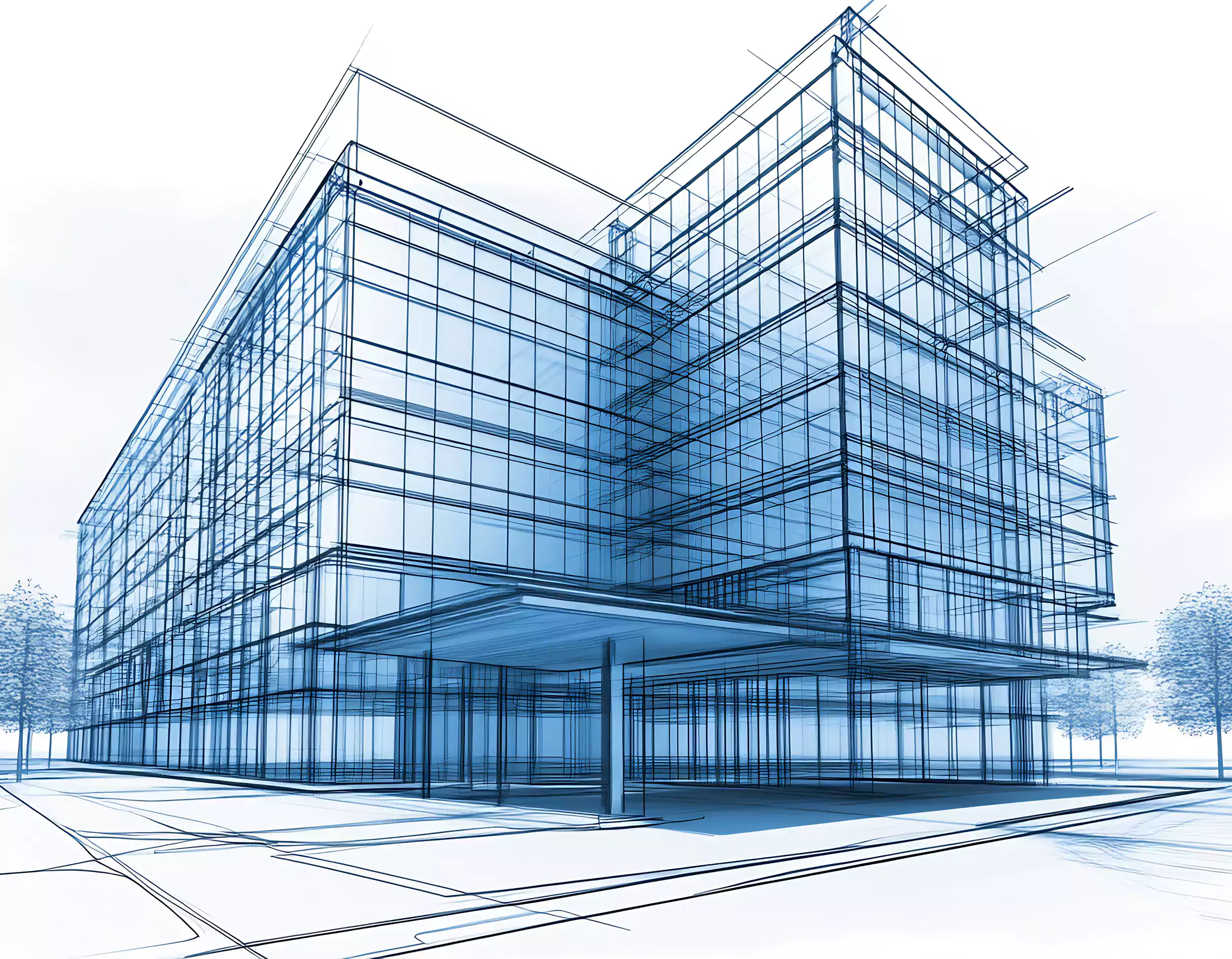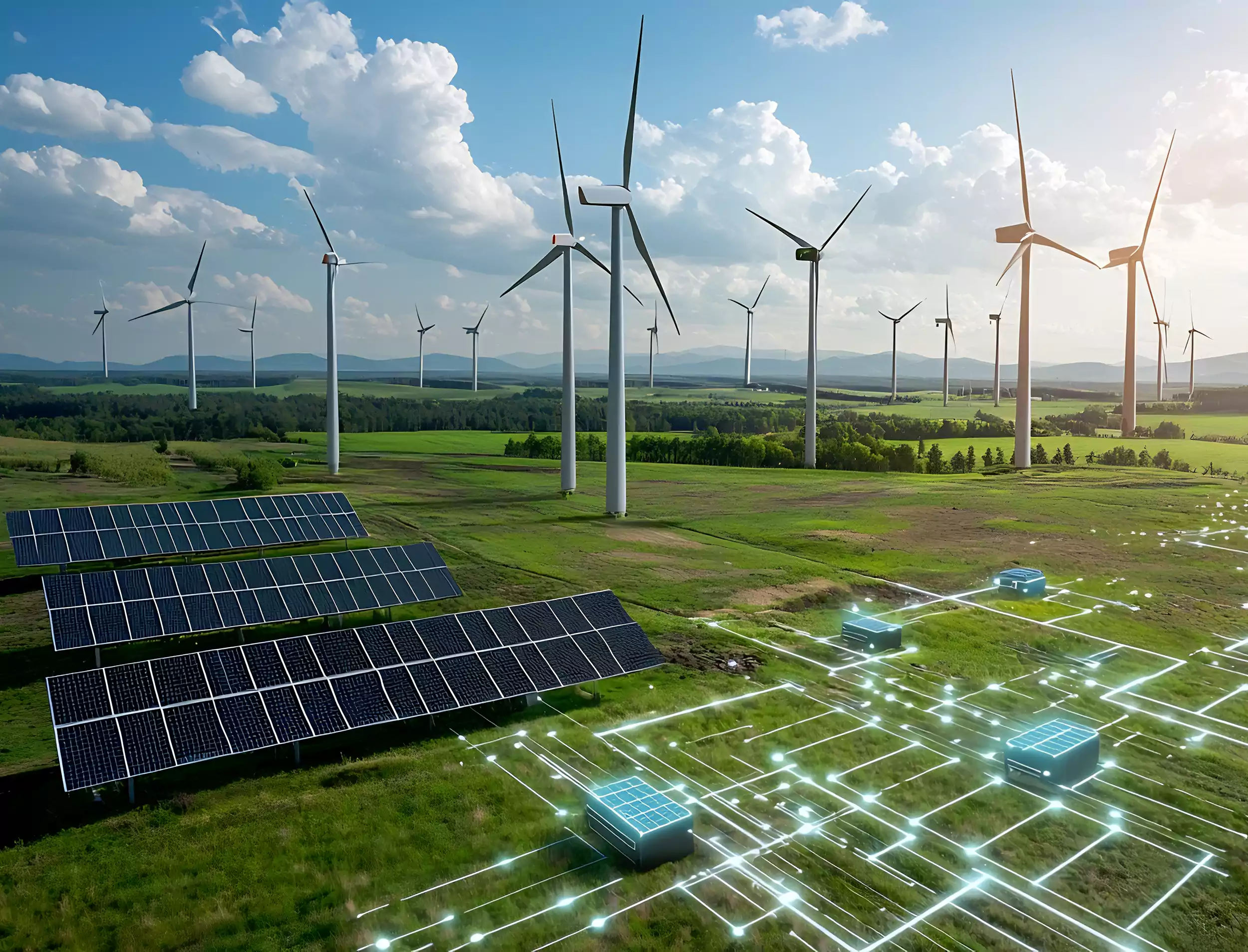The Process
Griffin EnerG employs a systematic five-step process to guide clients toward their energy and sustainability objectives.
Energy Code Performance Compliance demonstrates that your building design and construction adhere to the latest energy efficiency standards mandated by local and national codes. This involves detailed energy modeling and analysis to predict building performance and identify areas for improvement. Our team of experts works closely with architects, engineers, and contractors to integrate energy-efficient strategies throughout the building process.
- Set Priorities:
Align goals regarding marketing, money, and sustainability. - Choose a Definition:
Establish clarity regarding on-site vs off-site, energy vs carbon, grid-connected vs off-grid, etc… - Reduce Energy Use:
Reduce both passive and active energy consumption. - Produce Energy
Generate methods for producing energy, such as geothermal, photovoltaic, wind, etc… - Track and Verify:
Ensure performance by installing submeters and running reports after one year of operation.


Passive Design Strategies: The Foundation
Before even considering active technologies, we emphasize smart architectural design that minimizes energy needs. This includes:
- Optimized Building Orientation: Strategically positioning the building to maximize solar heat gain in colder months and minimize it during warmer periods.
- High-Performance Envelope: Designing well-insulated walls, roofs, and foundations, along with energy-efficient windows and doors, to reduce heat loss and gain.
- Natural Ventilation and Daylighting: Incorporating design elements that promote airflow and bring natural light deep into the building, reducing the reliance on artificial lighting and mechanical cooling.
- Thermal Mass: Utilizing materials that can absorb and release heat, helping to stabilize indoor temperatures and reduce energy fluctuations.
Integrating Renewable Energy Systems
Once the building’s energy demand is significantly reduced through passive design, we seamlessly integrate renewable energy systems to meet the remaining needs. This often involves:
- Solar Photovoltaic (PV) Systems: Carefully sizing and placing solar panels to generate clean electricity, often exceeding the building’s annual consumption.
- Solar Thermal Systems: Utilizing solar energy for water heating, further reducing reliance on conventional energy sources.
- Consideration of Other Renewables: Depending on the site and context, we may also explore other renewable options like small-scale wind or geothermal energy.

The Design Process: An Integrated Approach
Our design process for ZNE buildings is highly collaborative and iterative. We work closely with clients, engineers, and other stakeholders to:
- Establish Clear Energy Goals: Defining the specific ZNE targets and performance metrics for the project.
- Conduct Thorough Energy Modeling: Utilizing advanced software to simulate building performance and optimize design choices for energy efficiency and renewable energy generation.
- Prioritize Cost-Effectiveness: Balancing performance with budget considerations to deliver sustainable and economically viable ZNE solutions.
- Focus on Long-Term Performance: Designing systems that are durable, maintainable, and contribute to a comfortable and healthy indoor environment for years to come.
By focusing on intelligent design, we pave the way for truly sustainable and energy-independent buildings. Let’s discuss how we can bring your Zero Net Energy vision to life.